For all its faults, Love Actually remains one of our all-time favourite Christmas films. We can’t fail but be cheered by the Prime Minister’s love for his charming tea lady. We cry every time Emma Thompson discovers that her husband has bought jewellery for someone other than her. We long for Laura Linney to find a way to make her adoration of her incredibly hot colleague something more than a crush. There are so many storylines, with everyone having their favourites, that a few stinkers (we hate the Kris Marshall’s US sexcapade plotline, and don’t see any point of the Martin Freeman/Joanna Page nude body double scenes) can be forgiven. But something doesn’t sit quite right with us, and that’s the two storylines that fell by the wayside.
Love Actually originally featured two additional plotlines: one featuring a lesbian couple, and the other a man and woman in Africa. Neither ever made it to the final cut. It’s a disappointing decision, in hindsight, and we’d love to see a new edit that put them back where they belonged.
The first missing plot line concerns the headmistress of the school which we see plenty of toward the end of the film: it’s where Emma Thompson’s children are educated, as well as Liam Neeson’s besotted stepson and Martine McCutcheon’s octopus-dressed relative. The teacher – played by beloved TV actress Anne Reid – is seen at the school, before heading home to her partner, played by stage great Frances de la Tour. She is clearly ill, beset with coughing, and later in the film we discover that she succumbs to this illness: Emma Thompson’s character expresses her sympathies on behalf of the school, before the nativity begins.
The second plot line is more brief, and shows a man and a woman, living in Africa, who have faced famine and come out of the ordeal together and united. It was shot in Kenya, with the intention of emphasising the fact that love, actually, 'is all around.'
Richard Curtis – the film’s writer and director – has said that the plotlines just didn’t fit, and that he was 'really sorry' to lose Anne Reid's scenes in particular. And that is understandable to a certain extent. Love Actually has a running time of 2 hours and 25 minutes. Something had to go if audiences were going to remain enthralled in their seats. But the deletion of the film’s one gay relationship, and the one relationship between two black individuals, seems unfortunate. One could argue that the former – with its tragic conclusion – was just too sad to leave in, moments before the joyous climax of the All I Want For Christmas Is You performance. But Laura Linney and Emma Thompson both have sad endings, and they stayed in.
As for the latter, you could say that the location didn’t gel with the rest of the film, predominantly set in wintry London, but by that logic you’d have to cut Colin Firth’s European jaunt too. There is a silver lining though: we're not sure if presenting the one black couple as facing a famine in Africa, while the white couples listen to Joni Mitchell in their town houses and shop for jewellery, would have been received particularly well. There are, of course, black characters in the film - those played by Chiwetel Ejiofor and Nina Osanya, for example - but they are very much peripheral.
We’re not suggesting that Richard Curtis did anything consciously untoward in the editing process of Love Actually. There is logic to his cuts, and we’d be hard pressed to offer an alternative that didn’t end up running beyond three hours once you put it on terrestrial television with ad breaks. But we’d like to think that if he was given the chance to remake the film now, he’d find a way to ensure that the army of lovelorn individuals he presents were a little more reflective of the world in which we live.
Love Actually's Problematic Relationships
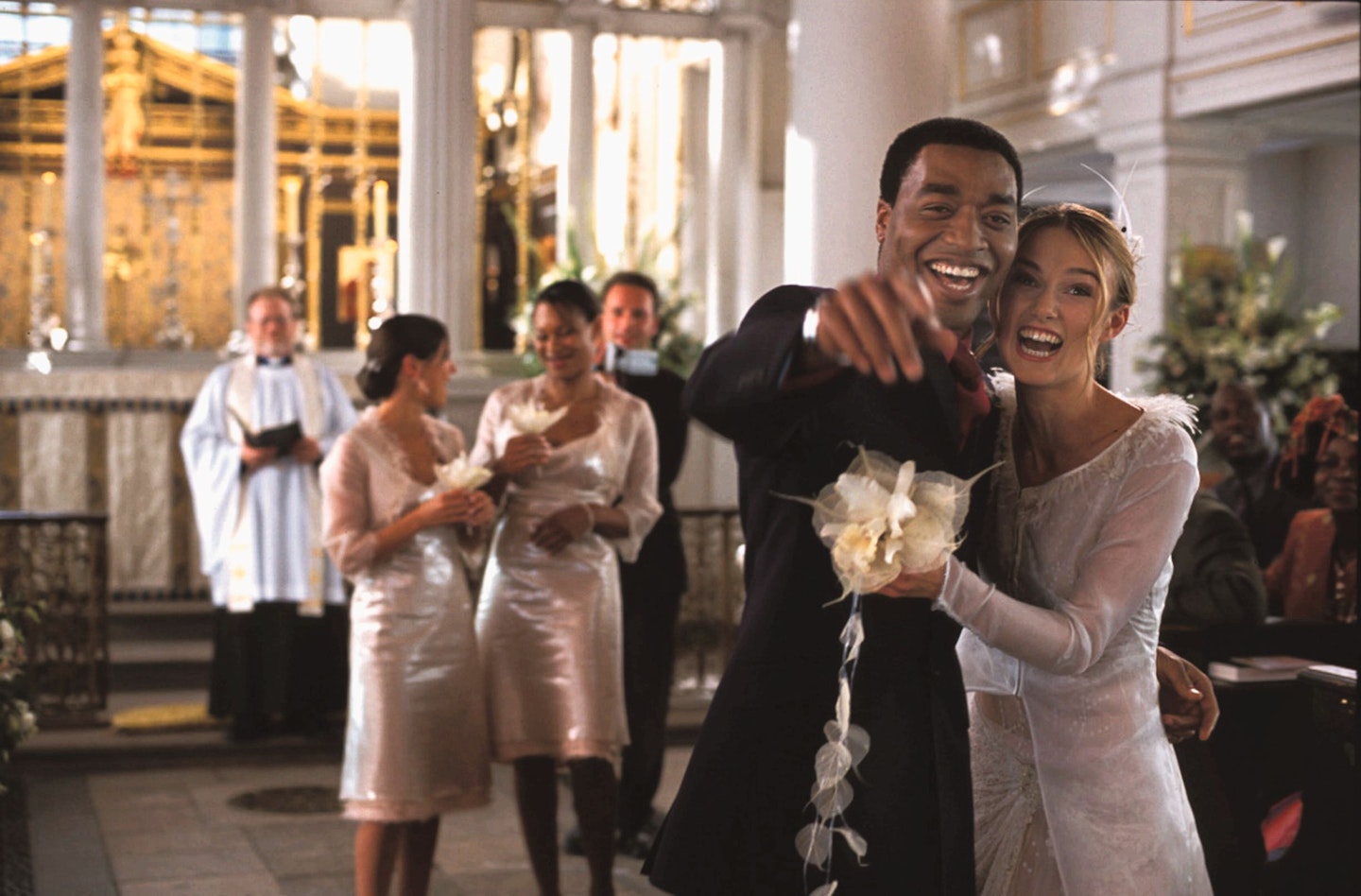 1 of 12
1 of 12Peter and Juliet
Peter and Juliet are that couple. The ones who improbably live in a mews flat in Zone One, yet still try to spin the myth that they're struggling creative types through a combination of lo-fi sartorial choices (baker boy hats, Etsy-ish wedding dresses). If Instagram had existed in fictional 2003, these two would've been insufferable (and they'd definitely have deployed a wedding hashtag on the big day). These two are so wrapped up in their soft-focus White Company and Waitrose lifestyle that they've neglected to notice that Peter's best mate is a Nice Guy about to go nuclear – they're not problematic so much as really, actually tedious.
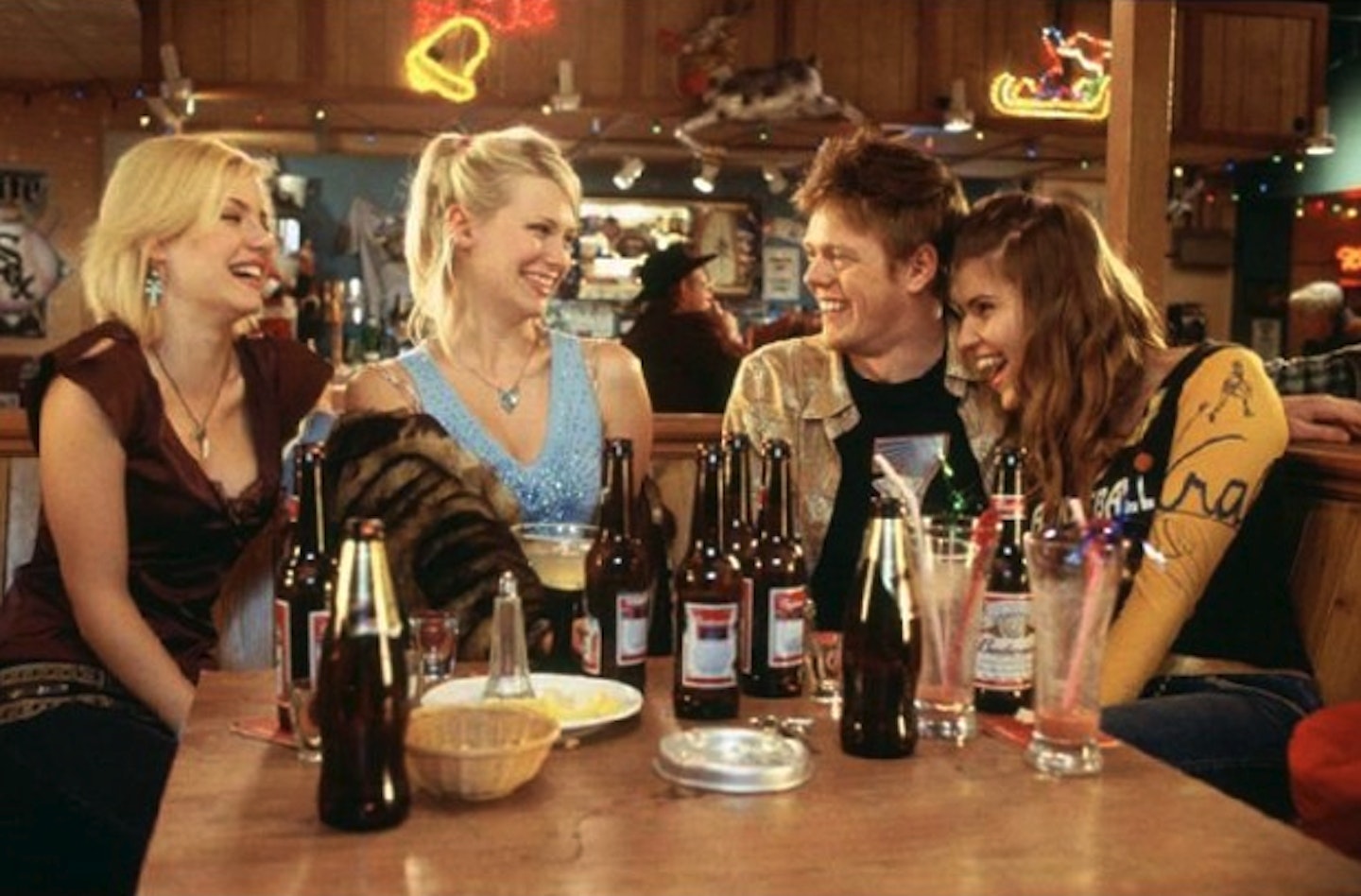 2 of 12
2 of 12Colin and the American girls
A storyline where the BT advert bloke lives out the British male delusion that all American women find them (and their gosh-darn-adorable accents) categorically irresistible: what could possibly go wrong? In the scenes where Colin, an adult man with all the urges – and social graces – of a 13-year-old boy, heads across the Atlantic, Love Actually becomes Coyote Ugly as directed by Richard Curtis: January Jones et al deserve so much better. Shout out to Colin's mate who, in calling his friend 'a lonely, ugly asshole,' is the only one to tell it like it is.
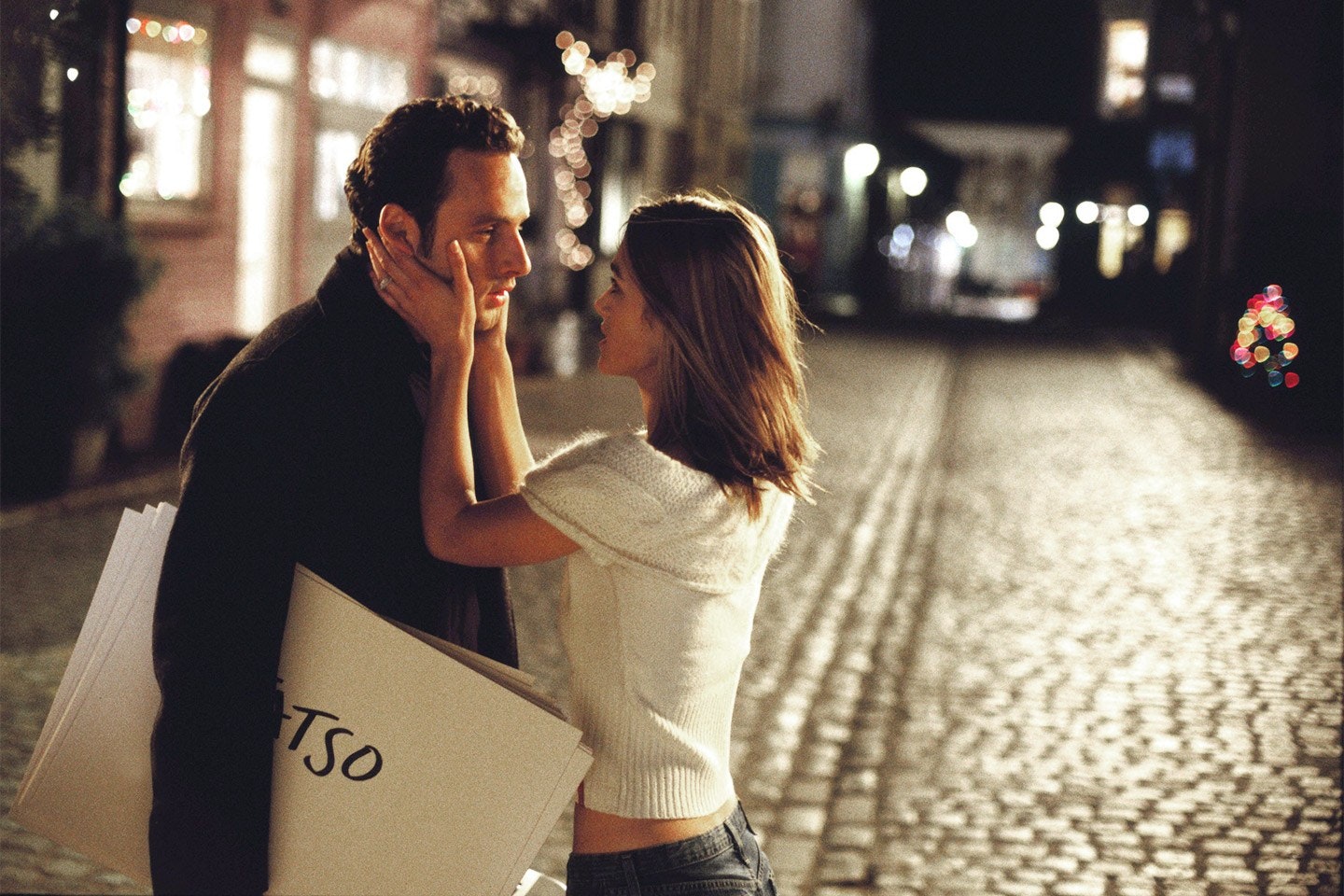 3 of 12
3 of 12Mark and Juliet
If the technology had been available at the dawn of the millennium, Mark would've been the guy who slides into the Instagram inboxes of women who've swiped past him on Tinder, asking them why they've rejected his digital advances. This being 2001, he's forced to make do with hand-made signs and a shaky video montage of Keira Knightley's perfect face in extreme close-up. Borderline psychopathic behaviour, you might think – and yet we're expected to believe that Juliet somehow finds this behaviour mildly endearing, despite admitting that Mark has never properly spoken to her. But then again, Juliet has terrible taste in pie (banoffee), snacks (Munchies), headgear (baker boy caps) and, most probably, men. Enough now.
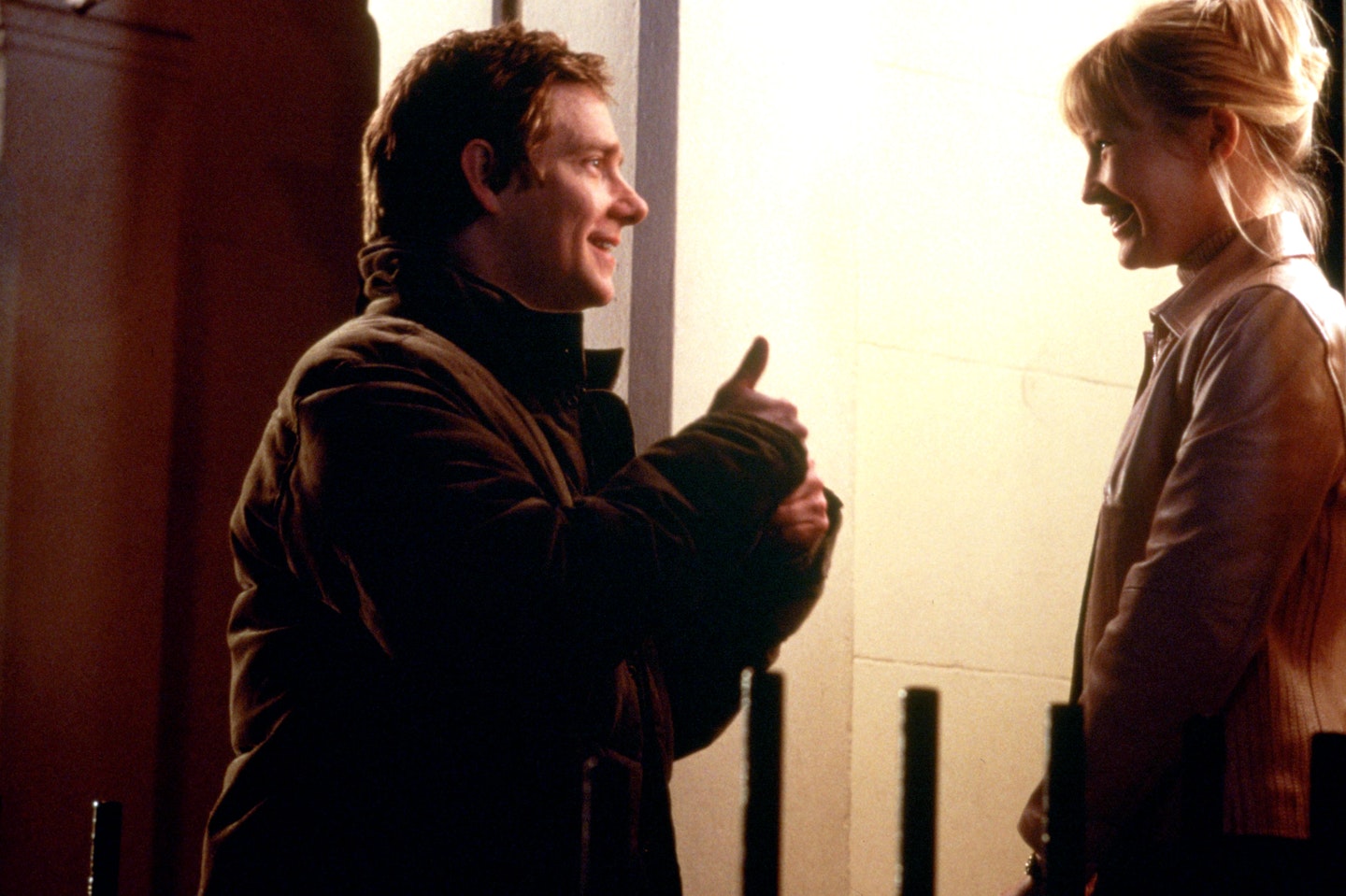 4 of 12
4 of 12John and Judy
It's only upon your fifteenth consecutive viewing that you'll finally realise just how naked body doubles John and Just Judy fit into Love Actually's festive spider web: their film is being produced by Tony, Colin's disparaging friend. Bringing together Tim from The Office and Stacey from Gavin & Stacey (though Love Actually actually pre-dates the latter by about half a decade), this storyline feels like it could form the basis of a charming – if NSFW – Christmas advert. Plus, it says a lot about this film that the line 'All I want for Christmas is YOU' doesn't even register on Love Actually's exponential scale of festive cheese.
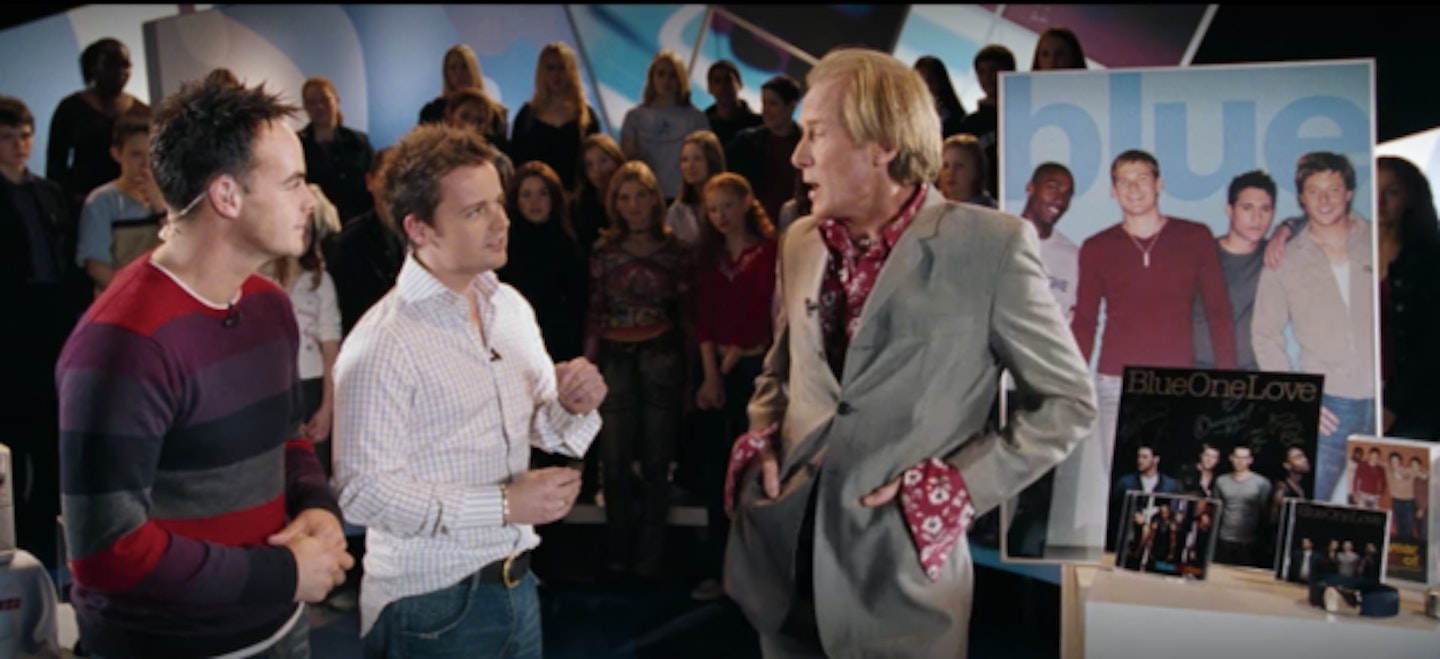 5 of 12
5 of 12Ant and Dec
It's a monumental injustice that Ant and Dec, arguably the most enduring platonic love story of the modern age, didn't get a full Love Actually of their own. As is, ITV's premier double act have to make do with a three-minute cameo and an inclusion in this list. Though their screen time may be negligible, 'Ant or Dec' prove that the combined power of their bromance is enough to diffuse disaster when Billy Mack drops some F-bombs in a live interview. And if that isn't love, actually, I don't want to know what is.
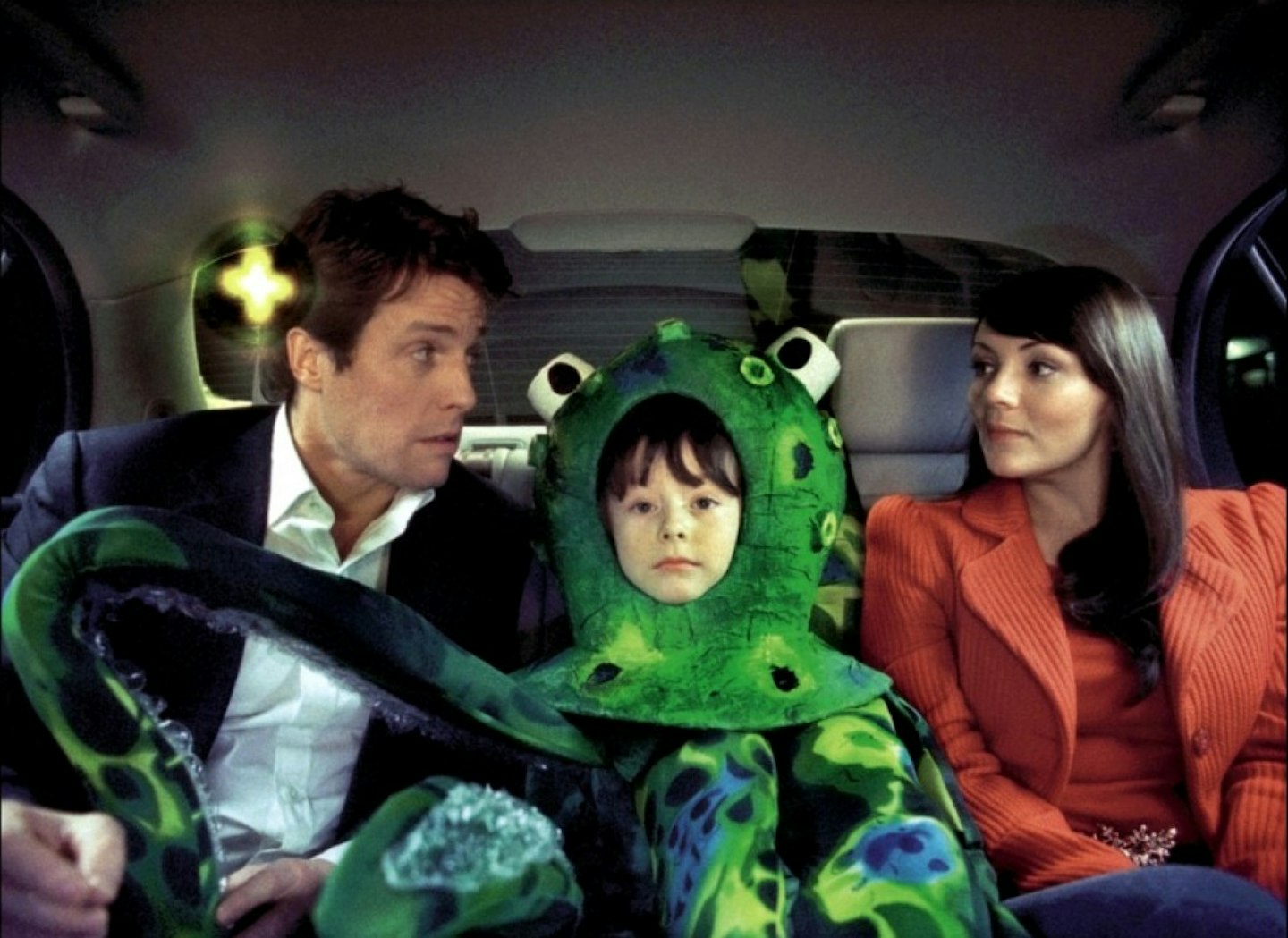 6 of 12
6 of 12Natalie and David
There's enough fat phobia in the films of Richard Curtis to inspire a whole graduate thesis, but let's not get into the weird body-shaming of Martine McCutcheon here, because the tentative romance between Natalie from Wandsworth (the dodgy end) and David the Prime Minister is Love Actually's beating heart. On paper, it's another workplace relationship with a blatantly unbalanced power dynamic – and one that compromises the special relationship between Britain and the US in the process. Eventually, though, this one plays out as charming rather than creepy (largely because this is Hugh Grant in bumbling Notting Hill mode, with added meme-able dancing, rather than full Bridget Jones mode). Shout out to papier mache octopus child, the ultimate third wheel and true hero of Love Actually.
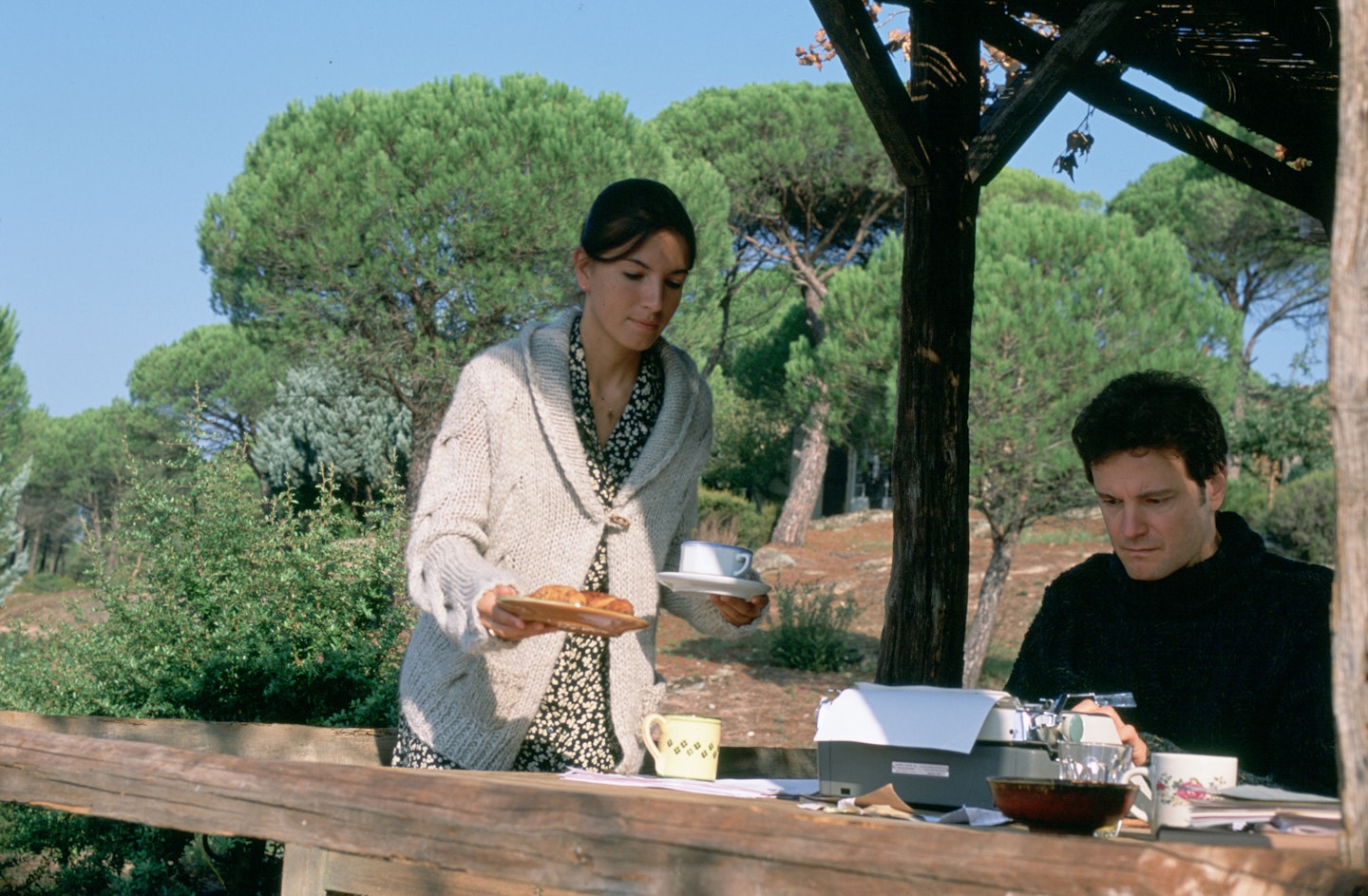 7 of 12
7 of 12Jamie and Aurelia
The Jamie-Aurelia relationship is essentially the incarnation of a Pinterest quote telling us that love needs no language to flourish. So, what could be more romantic than a storyline where neither character actually understands what the other is saying, while one is quite literally the other's domestic drudge? It's only when – in a male-gaze inversion of Colin Firth's Mr Darcy pond-dipping – Aurelia jumps into a lake in her pants that Jamie starts to take any notice of his cleaner, who's essentially contracted to laugh at his terrible jokes and admire his M&S Blue Harbour knitwear. Admittedly, the proposal scene has its redeeming qualities, but the whole set-up is probably less progressive than Pride and Prejudice itself.
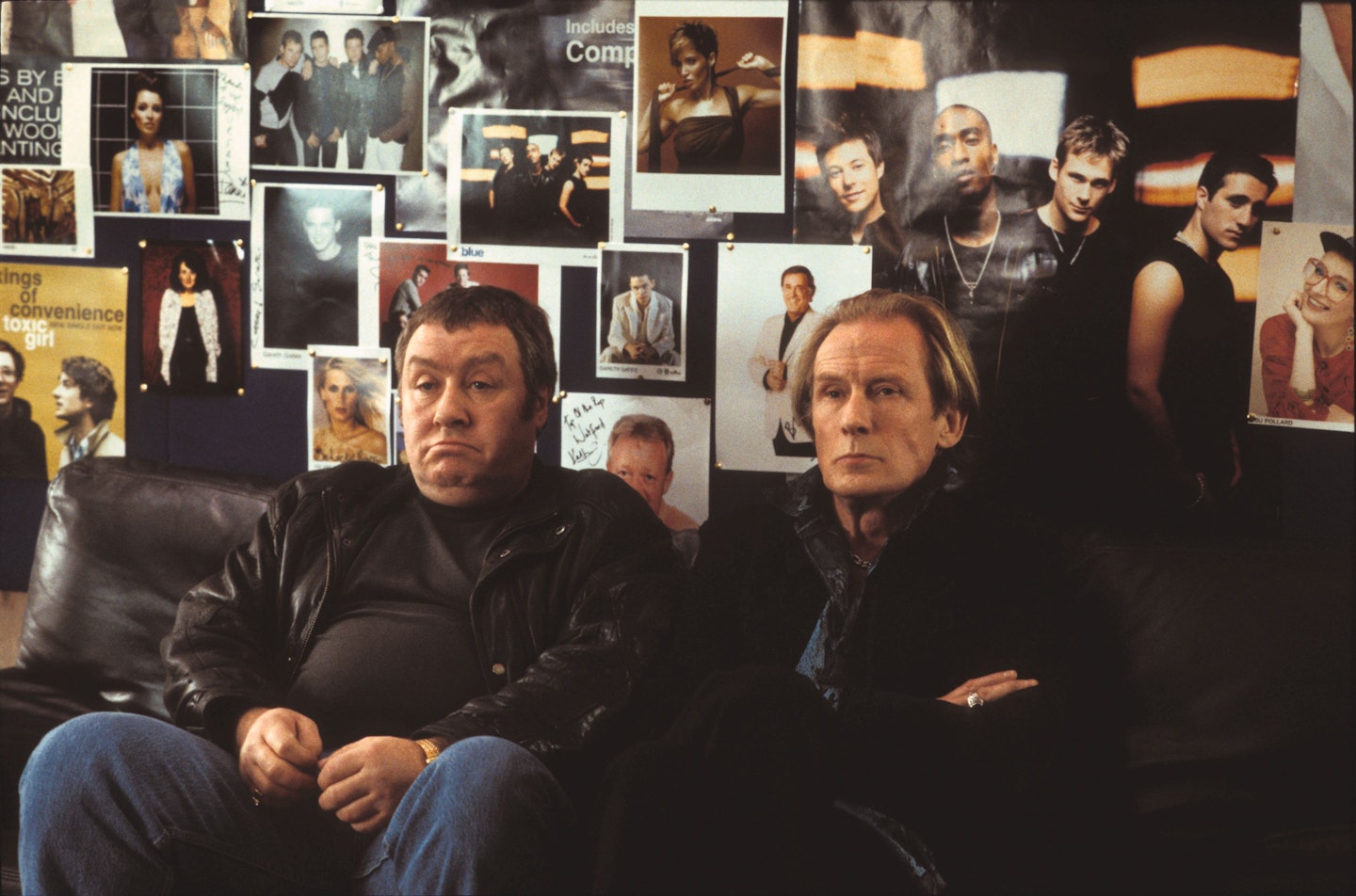 8 of 12
8 of 12Billy Mack and his manager
A weird element of 'no homo' cuts through the bromance between ageing pop star Billy Mack and his 'old, fat manager' (if anything in the film merits an 'Enough… enough now' from Andrew Lincoln's Mark, it's the endlessly boring gay jokes that keep cropping up in the script). But as the one storyline that prioritises platonic friendship over, say, obsessively stalking your best friend's wife from a distance, or mounting a harassment campaign against your colleague, Bill and his pal provide some light-hearted relief – all when providing multiple name-drops of the premier boy band of early Noughties Britain, Blue.
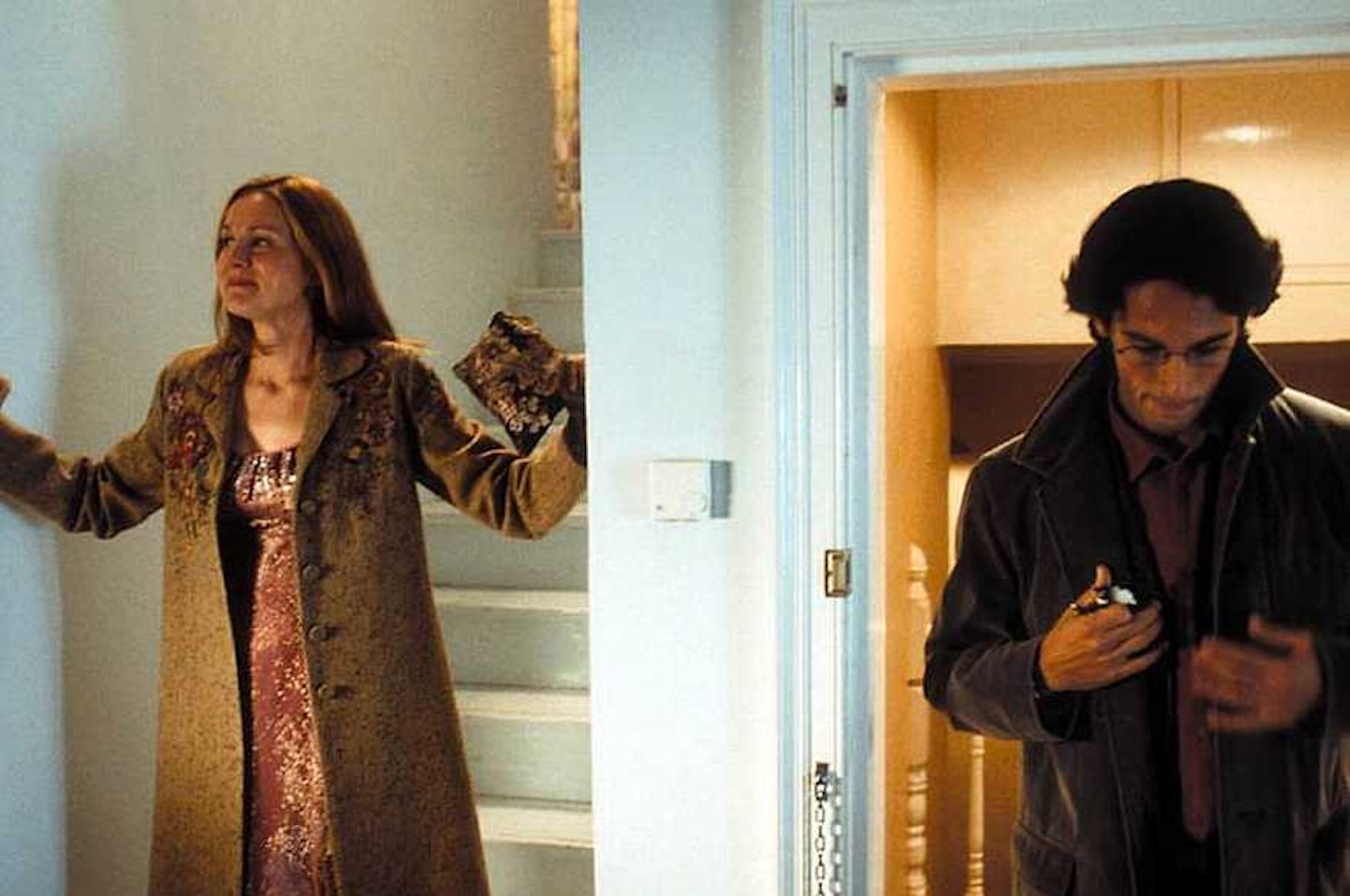 9 of 12
9 of 12Sarah and Karl
Where to start with Sarah and Karl, yet another of the film's many couples who we're supposed to view as viable, despite neither party having ever bothered to speak to the other – in this case, for two years, seven months, three days and I suppose, what, two hours? When enigmatic chief designer Karl and knitwear aficionado Sarah do eventually get together, things don't exactly go to plan: as it turns out, Karl doesn't just look like a Ken doll but has the emotional capacity of one, too, apparently fleeing when it emerges that Sarah has a brother who's mentally ill. That said, did she really have to pick up the phone a second time?
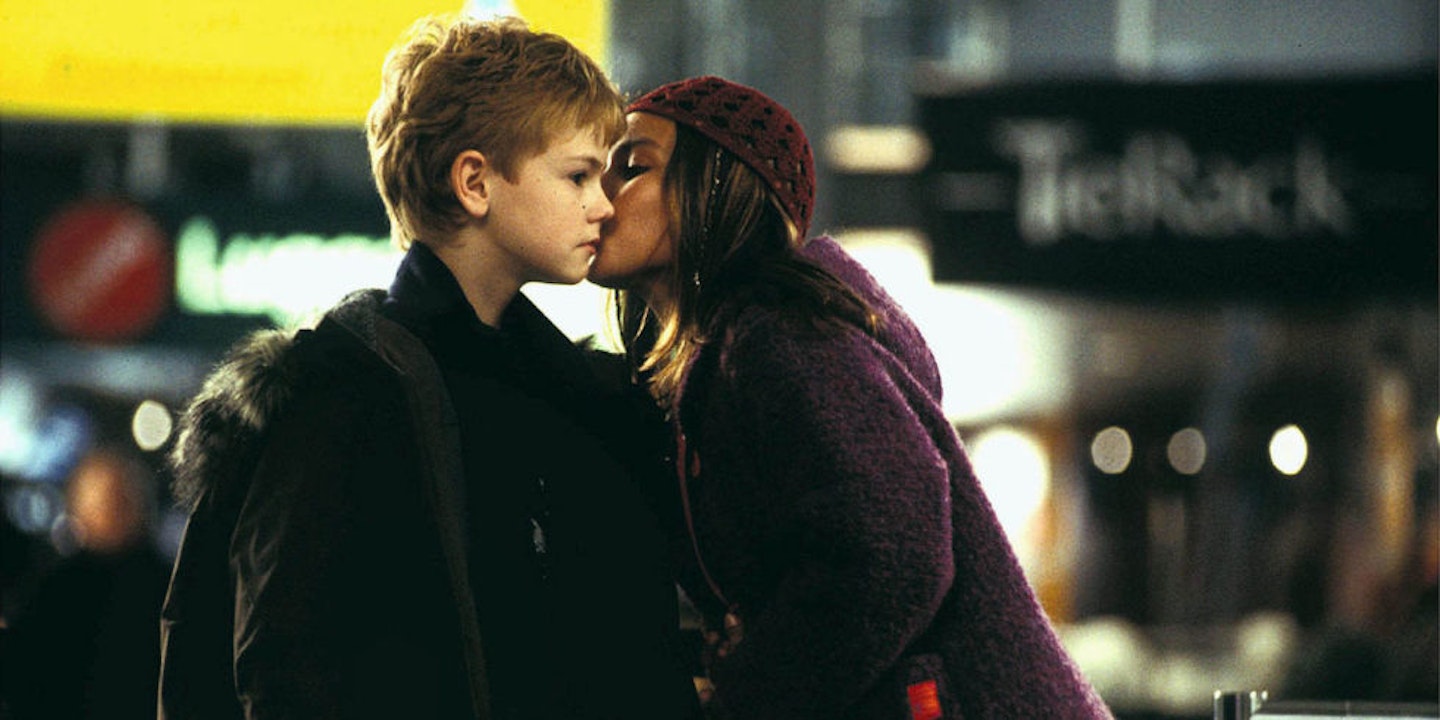 10 of 12
10 of 12Sam and Joanna
What could be more endearing than the 'total agony' of Sam's crush on Joanna, who 'everyone worships because she's heaven'? He's just an emotionally intense 10-year-old boy, standing in front of a girl, trying to find love through a mutual appreciation of Mariah Carey and a casual attitude to airport security. This being the Richard Curtis universe, he succeeds – and for once, we're willing to let the improbability of Sam's Heathrow escapade slide, just because his tiny happy face is the true meaning of Christmas.
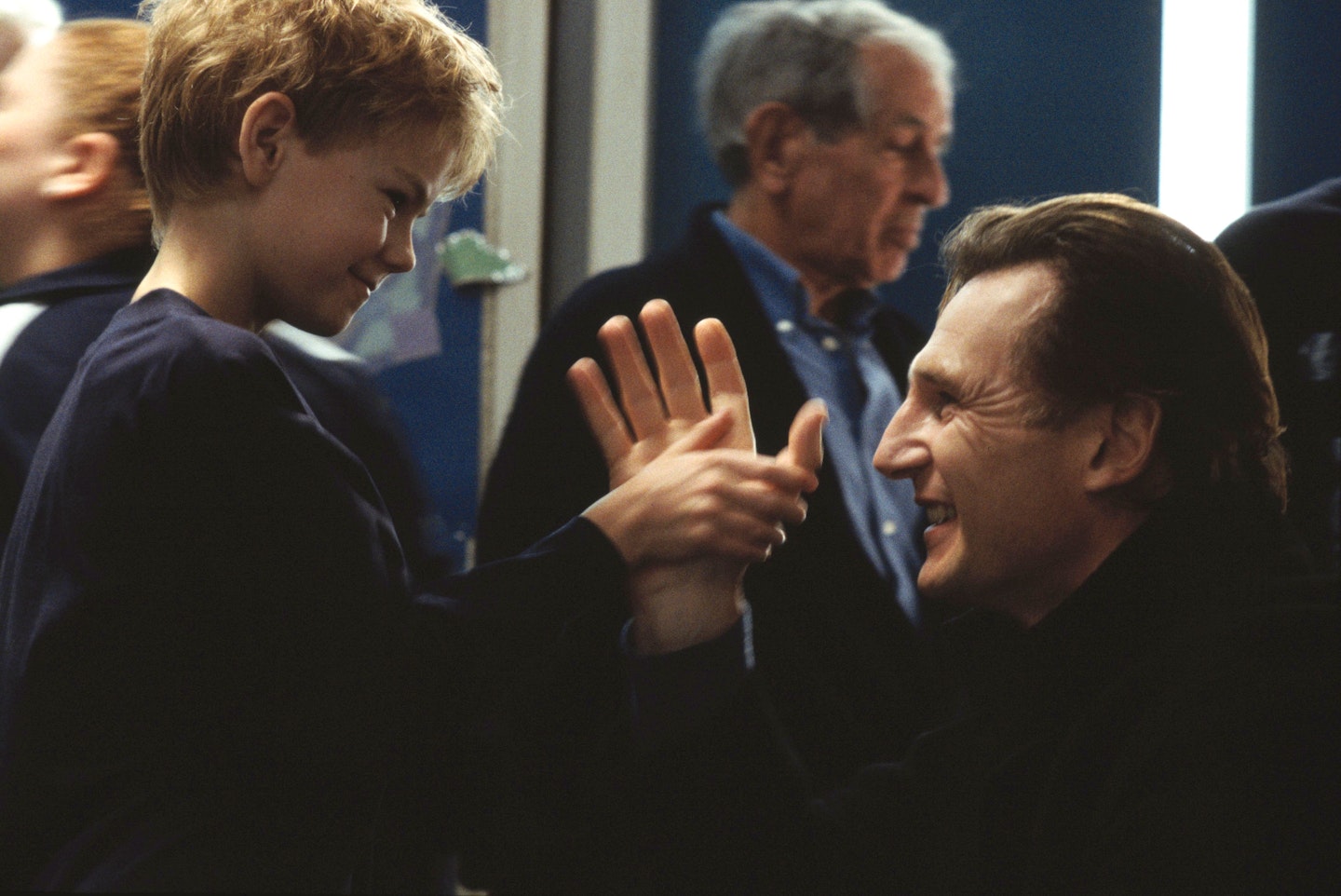 11 of 12
11 of 12Sam and Daniel
'Let's get the shit kicked out of us by love!' Such is the rallying cry of Love Actually's loveliest relationship: the one that unfolds between Sam and his step-dad, Daniel (as played by Liam Neeson) after the former loses his mum and the latter loses his wife. With a little bit of help from Kate and Leo (courtesy of the 'I'm flying!' scene from Titanic), this is A grade Richard Curtis schmaltz – and while both parties eventually find love (with Joanna and actual Claudia Schiffer respectively) it's their charming relationship that comes out on top.
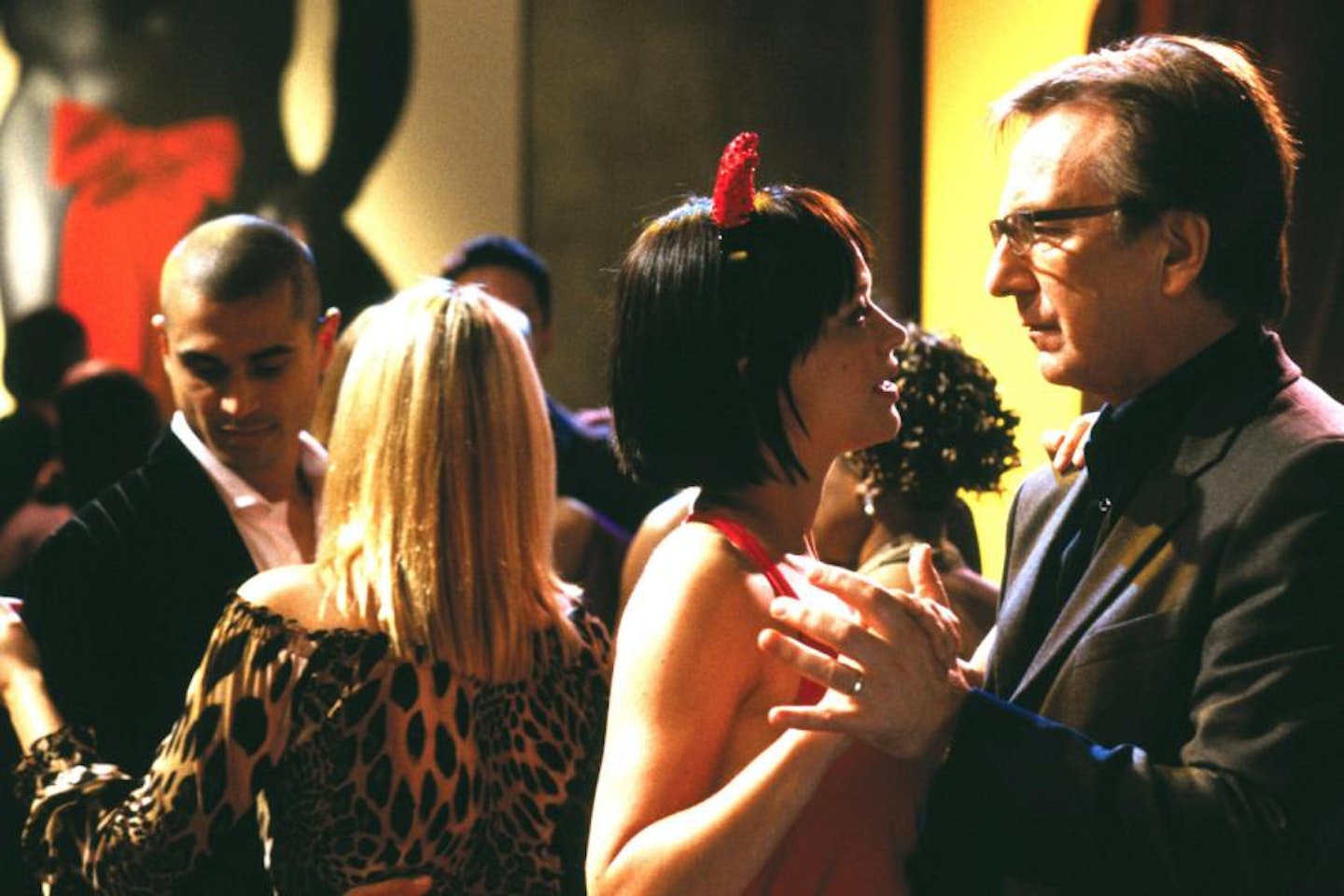 12 of 12
12 of 12Mia and Harry
How could you do such a thing to Emma Thompson? The Harry and Mia pairing is one of the most frustrating plotlines in this frustratingly plotted film: like Andrew Lincoln's Mark, sexy-secretary-trope-gone-rogue Mia behaves in a way that's borderline sociopathic (raise your hand if you've ever requested a party venue with 'dark corners for doing dark deeds?' Thought not) yet still seems to charm the hapless Harry into buying her an intricately wrapped necklace that's ostensibly from Selfridges but looks straight out of the Argos catalogue. It can't be a coincidence that she turns up to the Christmas do with distinctly un-festive devil horns: Mia and Harry are the undisputed villains of the piece.
READ MORE: 36 Things You Definitely Didn't Know About Love Actually
